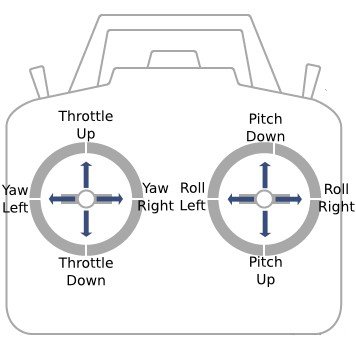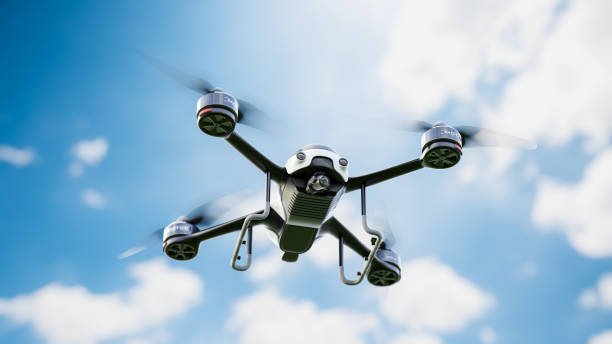Flying a drone for the first time is thrilling, but it can also be intimidating. To ensure a safe and successful experience, here’s a guide covering essential tips for beginners. drone flying tips for beginners
1. Know Your Drone and Its Controls
Before you even think about taking off, familiarize yourself with your drone and its controller. Read the manual! Understand what each stick, button, and switch does.

- Left Stick (Mode 2): Controls the throttle (up/down) and yaw (rotation left/right).
- Right Stick (Mode 2): Controls pitch (forward/backward) and roll (side-to-side).
- Safety Features: Know how to use emergency stop, Return-to-Home (RTH), and obstacle avoidance features.
2. The Pre-Flight Checklist
A pre-flight check is crucial for a safe flight. Never skip it.
- Check the Weather: Avoid flying in strong winds, rain, or fog. A clear day with low wind is best for beginners.
- Inspect Your Drone: Check the propellers for any cracks or damage. Make sure the gimbal cover is removed.
- Check Batteries: Ensure both the drone and controller batteries are fully charged.
- Check Your Location: Use a large, open space away from people, buildings, power lines, and trees. Use a drone safety app (like B4UFLY in the US) to check for no-fly zones.
3. Take Off and Landing
Your first few flights should be simple practice sessions.
- Take Off: Slowly and gently push the throttle stick forward to lift off the ground.
- Hover: Practice hovering in one spot, getting a feel for the controls. This is the most important skill to master first.
- Landing: Slowly and gently pull the throttle stick down. Don’t drop it too fast, as this can cause a hard landing.
4. Practice Makes Perfect
Once you’re comfortable hovering, move on to basic flight maneuvers.
- Practice with One Stick at a Time: Start with simple movements like flying forward and backward, then left and right.
- Practice Flying in a Pattern: A great way to build muscle memory is by flying in a square or circle.
- Always Maintain Visual Line of Sight: Never fly your drone so far away that you can’t see it with your own eyes. This is a crucial safety rule in many countries. drone flying tips for beginners
Frequently Asked Questions (FAQ)
Q: Do I need to register my drone? A: In many countries, drones over a certain weight (e.g., 250g/0.55 lbs) must be registered with the national aviation authority. Always check your local laws to be sure.
Q: Is it hard to fly a drone? A: Modern drones are designed to be user-friendly with GPS and stability features. While it takes practice to master, basic hovering and flight are much easier than they used to be.
Q: Where can I fly my drone? A: Fly in open areas, away from people, buildings, and airports. Use a drone safety app to identify restricted or no-fly zones.
Q: What is the most common mistake for a beginner? A: The most common mistake is skipping the pre-flight checklist. This can lead to a dead battery, a forgotten gimbal cover, or flying in an unsafe area. Always prepare before you fly.
Q: What is the best drone for a beginner? A: A good beginner drone is one that is lightweight (under 250g), has good stability features, and is affordable enough that you won’t be devastated if you crash it. Look for models with obstacle avoidance and a reliable Return-to-Home function.
You May Also Like This DJI Mini 4 Pro Review

